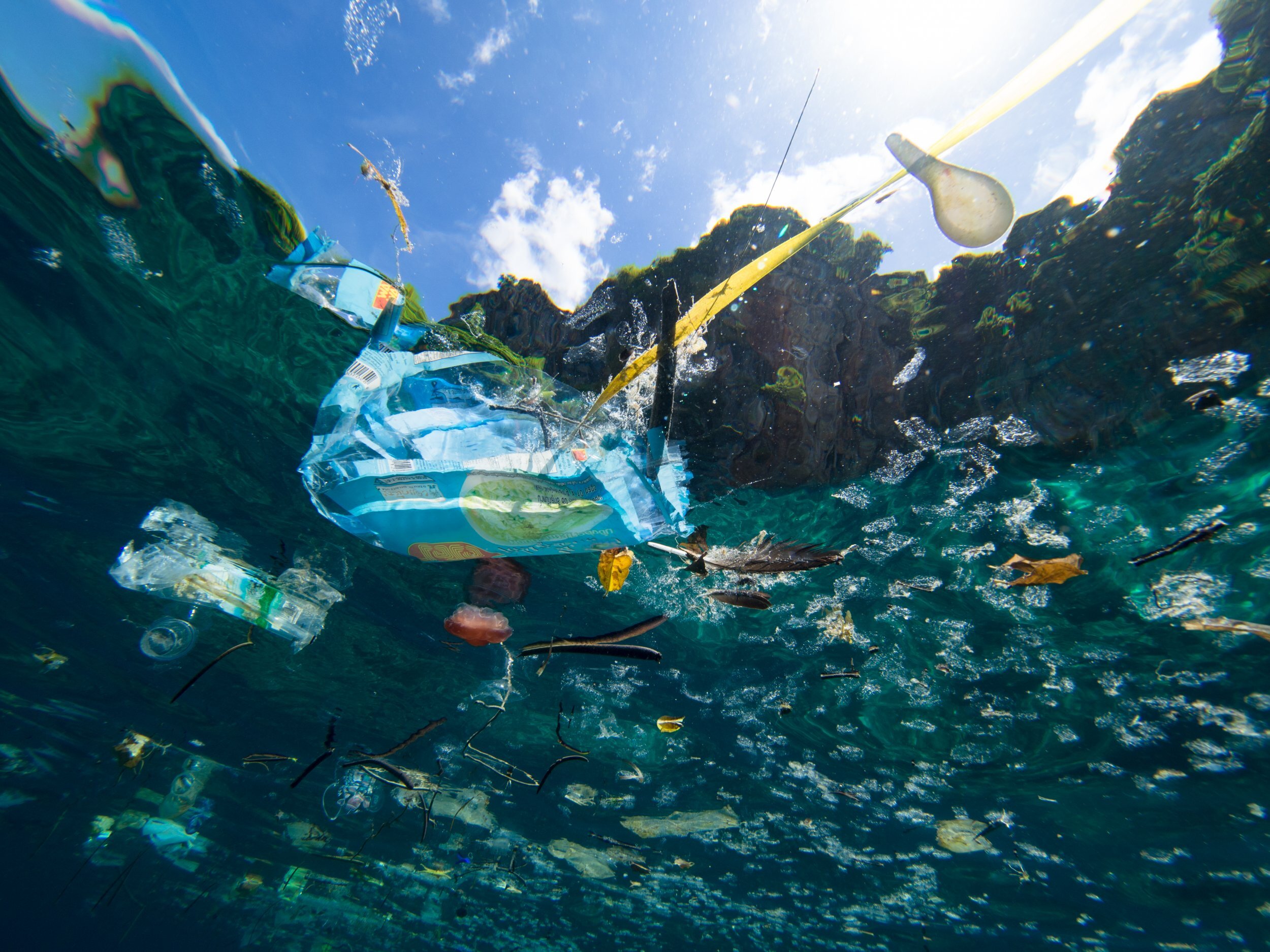
Reduce single-use plastic for 30 days
Check out the step-by-step guide below to get started.
⬇️
giving back | ▲▲ difficulty | ⏳ 30 days
Step-by-step guide
OK, let’s get started.
Step 1: Pick the day to start
Decide when you want to start your 30 day challenge to keep yourself honest, accountable and on track.
Step 2: Get your reusable materials ready
Instead of eliminating everything completely, which we know is not realistic, here are the three items we’re going to eliminate. Make sure to get your reusable materials ready!
Straws. You’ve likely seen the viral video of the oceanographer who yanked a straw that was stuck in a turtle’s nose. While it was painful to watch, the truth is that straws continue to pose dangerous threats to our ocean waterways and wildlife. What makes them wasteful is that they’re hard to recycle and are not biodegradable.
Here are the 14 Best Reusable Straws, via the Strategist. When in doubt, you can always search “reusable straws” on Amazon and a bunch will come up.
Cutlery. Plastic silverware cannot be recycled and is therefore a waste every time it's used. If we thought straws were bad, imagine what over 40 billion pieces of plastic waste does to sea animals. The Ocean Conservancy lists cutlery as among the items “most deadly” to sea turtles, birds, and mammals.
So here’s what we’re gonna do. We’re gonna purchase a reusable set of cutlery and carry that with us over the next month whenever we’re going out to eat. Consider this list of 7 Best Reusable Utensils, according to Treehugger.
Water bottles. Plastic water bottle pollution is worse than you think. Sure, you can recycle water bottles, but on average, only one out of every six water bottles is recycled. This is contributing to an overflow in our landfill, approximately 2 million tons of polluted water bottles and it takes up to 1,000 years for a single water bottle to decompose. Each bottle leaks harmful chemicals into our environment along the way as it decomposes.
We made it easy for you - here is a list of the Best Reusable Water Bottles in 2021.
Step 3: Bring your reusable materials with you, every time
Once you receive your reusable items, make sure to bring them with you whenever you leave the house. Pack your straw, silverware, and water bottle together and place them by the door, or somewhere you will see them.
The silverware and straw should be light enough to carry. If you don’t want to bring the water bottle, do your best to avoid buying a water bottle and instead ask for a glass of water or drink from a water fountain wherever you go.
Step 4: Do it for at least 30 days
The point of this cozo is to do this for at least 30 days, but the real goal is to build eco-friendly habits that last beyond this 30-day challenge. It may seem small, but as they say, a little bit goes a long way.
And when it comes to the future of our planet, that statement has never been more true.
You got this.
Relevant links:
Plastic Straws and the Environment: What’s the Impact? This article discusses how plastic straws affect the environment and eco-friendly alternatives to help reduce plastic waste.
Environmental Impact of Plastic Cutlery and Some Affordable Solutions This article discusses the growing impact that plastic cutlery pollution has on the environment and the possible solutions to the menace.
Plastic Water Bottle PollutionThis article talks about 15 of the most dangerous ways bottled water is polluting the earth as well as six things we can do about plastic water bottle pollution.

